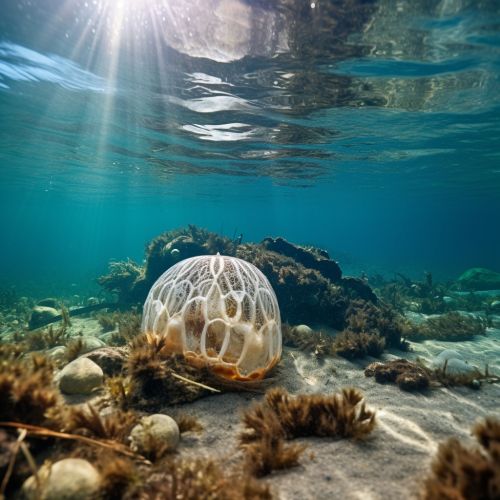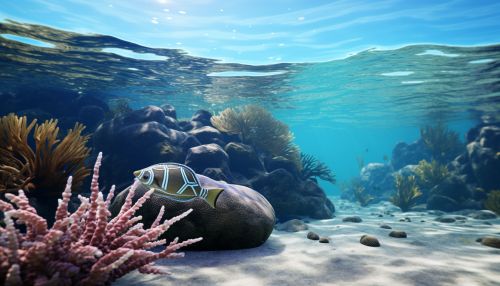Cephalopods
Introduction
Cephalopods are a class of marine mollusks that include species like squids, octopuses, cuttlefish, and nautiluses. They are characterized by their bilateral body symmetry, a prominent head, and a set of arms or tentacles. Cephalopods are unique among mollusks due to their advanced nervous system and complex eye structure, which are comparable to those of vertebrates.


Evolution
The cephalopods first appeared in the late Cambrian period, about 500 million years ago. The early cephalopods, known as nautiloids, had shells and were slow-moving. Over time, they evolved into a diverse group of species, some of which lost their shells and developed the ability to move quickly through the water. The evolution of cephalopods is marked by significant changes in their morphology and behavior, driven by their adaptation to various marine environments.
Anatomy and Physiology
Cephalopods have a complex anatomy and physiology that sets them apart from other mollusks. They have a well-developed nervous system, with large brains and sophisticated sense organs. Their eyes, in particular, are highly developed and can detect changes in light and color. Cephalopods also have a unique circulatory system, with three hearts that pump blood containing the copper-rich protein hemocyanin.
Behavior and Ecology
Cephalopods are known for their advanced behaviors, including the ability to change color and pattern for communication or camouflage. They are active predators, feeding on a variety of marine animals. Some cephalopods, like the giant squid, live in the deep sea, while others inhabit shallower waters. Cephalopods play a crucial role in marine ecosystems, serving as both predators and prey.
Reproduction and Life Cycle
Cephalopods have a unique reproductive strategy. Males use a specialized arm to transfer sperm to the female, who then lays eggs. The life cycle of cephalopods varies among species, but it generally includes an egg stage, a larval stage, and an adult stage. Most cephalopods have a relatively short lifespan, with some species living only for a few months.
Human Interaction
Humans have interacted with cephalopods for thousands of years, for food, art, and mythology. Today, cephalopods are important in fisheries worldwide, and they are also used in research due to their complex nervous system and unique behaviors. However, overfishing and climate change pose significant threats to cephalopod populations.
